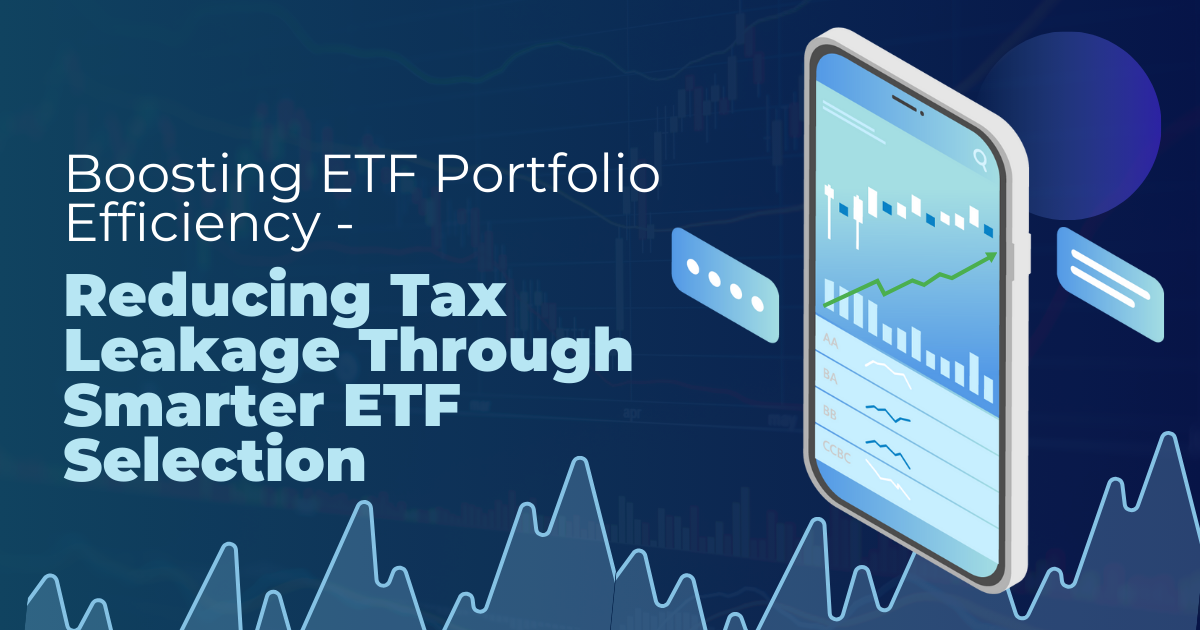Government Bond
Government bonds play a pivotal role in the financial markets, acting as a primary mechanism for governments to finance their expenditures. They are among the most secure forms of investment, often serving as a benchmark for other types of bonds and financial instruments. This article provides a comprehensive guide to understanding government bonds, their types, benefits, and key considerations for investors.
Table of Contents
What is a Government Bond?
A government bond is a debt security issued by a government to finance public spending. By purchasing a government bond, an investor is lending money to the government in exchange for periodic interest payments, known as coupon payments, and the eventual return of the bond’s face value upon maturity. Government bonds are typically viewed as low-risk investments because they are backed by the government, which has the authority to levy taxes or, in some cases, print currency to meet its obligations.
Understanding Government Bond
Government bonds are integral to the functioning of national economies and financial markets. They serve as a tool for raising capital to fund public projects, such as infrastructure, education, and healthcare. These bonds are often seen as safer investments compared to corporate bonds due to the lower likelihood of default by a government.
Government bonds are traded in both primary and secondary markets. The primary market is where new issues of bonds are sold directly to investors, usually through auctions. The secondary market is where existing bonds are traded among investors.
Government bonds, issued primarily by national governments and occasionally by local or regional authorities, are a staple in the investment landscape. These bonds feature varying maturity terms, ranging from short-term (less than one year) to long-term (up to 30 years or more), providing flexibility for different investment strategies.
Bondholders receive regular coupon payments, usually on a semi-annual basis, which are calculated based on the bond’s coupon rate. The yield, which represents the return an investor can expect if the bond is held until maturity, factors in both the purchase price and the coupon payments, offering a predictable income stream for investors.
Types of Government Bond
1 . Treasury Bills (T-Bills)
Treasury Bills (T-Bills) are short-term securities with maturities of less than one year. They are issued at a discount to their face value and do not pay interest during their term. Instead, investors receive the full-face value at maturity, and the difference between the purchase price and the face value represents the investor’s return.
- Treasury Notes (T-Notes)
Treasury Notes (T-Notes) are medium-term bonds with maturities ranging from one to ten years. They pay a fixed interest rate every six months until maturity. T-notes are popular among investors seeking a balance between risk and return, as they offer higher yields than T-bills with relatively low risk.
- Treasury Bonds (T-Bonds)
Treasury Bonds (T-bonds) are long-term securities with maturities that exceed ten years, often up to 30 years. Like T-Notes, they pay semi-annual interest. T-bonds are suitable for investors looking for a steady income stream over a long period.
- Treasury Inflation-Protected Securities (TIPS)
Treasury Inflation-Protected Securities (TIPS) are bonds that provide protection against inflation. The principal number of TIPS increases with inflation, as measured by the Consumer Price Index (CPI). Interest payments are made semi-annually based on the adjusted principal, meaning they can rise with inflation. At maturity, investors receive either the adjusted principal or the original principal, whichever is greater.
- Savings Bonds
Savings Bonds are non-marketable securities issued by the government, typically aimed at individual investors. They usually have lower investment minimums and are designed to encourage saving. Savings bonds do not trade on the secondary market, so they must be held until they mature or are redeemed by the issuer.
Benefits of Government Bond
Investing in government bonds offers several significant advantages:
- Safety
Government bonds are considered one of the safest investments available. They are backed by the full faith and credit of the issuing government, making the likelihood of default extremely low. This makes them particularly appealing during periods of economic uncertainty.
- Predictable Income
Government bonds provide a predictable income stream through regular coupon payments. This makes them an attractive option for income-focused investors, such as retirees or those seeking to stabilise their investment portfolios.
- Portfolio Diversification
Government bonds are an essential tool for diversifying an investment portfolio. They often have a low correlation with equities, meaning that when stock markets are volatile, government bonds can help reduce overall portfolio risk.
- Tax Advantages
In some jurisdictions, the interest earned on government bonds may be exempt from state and local taxes. This tax advantage can enhance the overall return on investment, particularly for investors in high tax brackets.
Example of Government Bond
Let’s say you want to invest in a Singapore government bond. You decide to purchase a 10-year bond with a face value of SGD 1,000 and a coupon rate of 3% paid annually. You would initially pay SGD 1,000 to purchase the bond. Each year, the Singapore government would pay you a coupon of 3% of the bond’s face value, which amounts to SGD 30.
These annual payments would continue for ten years, resulting in a total of SGD 300 in coupon payments. Upon the bond’s maturity after ten years, you would also receive your initial investment of SGD 1,000 back. This type of investment provides a steady stream of income and the eventual return of your principal, making government bonds a generally low-risk option. However, they do carry interest rate risk, as bond prices typically decrease when interest rates rise.
Frequently Asked Questions
Government bonds are typically issued through auctions conducted by the treasury department of the government. Investors can participate in these auctions directly or through financial institutions. The bonds are sold at a specified interest rate, and the auction determines the final price based on demand.
Government bonds can have a wide range of maturity terms. Short-term bonds, such as Treasury bills, generally have less than one-year maturities. Intermediate-term bonds, like Treasury notes, typically mature in one to ten years, while long-term bonds, such as Treasury bonds, have maturities of ten years or more.
The coupon rate is the fixed interest rate paid by the bond issuer, expressed as a percentage of the bond’s face value. The **yield**, on the other hand, reflects the total return an investor can expect to earn from the bond, considering its current market price, coupon payments, and time until maturity. Yield can fluctuate based on market conditions, while the coupon rate remains constant.
The yield curve is a graphical representation of the relationship between interest rates (or yields) and the maturities of government bonds. It typically slopes upward, indicating that longer-term bonds offer higher yields than short-term bonds. The yield curve is important because it provides insights into investor expectations regarding future interest rates, inflation, and economic growth.
There is an inverse relationship between interest rates and bond prices. When interest rates rise, the prices of existing bonds typically fall as new bonds are issued at higher rates, making the older bonds less attractive. Conversely, when interest rates decline, the prices of existing bonds tend to rise. This relationship is crucial for investors to understand, as it impacts the market value of their bond holdings.
Related Terms
- Perpetual Bond
- Income Bonds
- Junk Status
- Interest-Only Bonds (IO)
- Industrial Bonds
- Flat Yield Curve
- Eurodollar Bonds
- Dual-Currency Bond
- Fixed-to-floating rate bonds
- First Call Date
- Agency Bonds
- Baby Bonds
- Remaining Term
- Callable Corporate Bonds
- Registered Bonds
- Perpetual Bond
- Income Bonds
- Junk Status
- Interest-Only Bonds (IO)
- Industrial Bonds
- Flat Yield Curve
- Eurodollar Bonds
- Dual-Currency Bond
- Fixed-to-floating rate bonds
- First Call Date
- Agency Bonds
- Baby Bonds
- Remaining Term
- Callable Corporate Bonds
- Registered Bonds
- Government Callable Bond
- Bond warrant
- Intermediate bond fund
- Putable Bonds
- Coupon Payment Frequency
- Bond Rating
- Bearer Bond
- Exchangeable bond
- Inflation Linked Bonds
- Indenture
- Lottery bonds
- Nominal Yiеld
- Sovereign Bonds
- Strip Bond
- Variable Rate Demand Note
- Unsecured Bond
- Floating Rate Bond
- Variable Rate Bond
- Treasury Bond
- Subordinated Bond
- Callable Bonds
- Advance payment guarantee/bond
- Floating rate debt
- Credit Quality
- Accumulating Shares
- Notional amount
- Negative convexity
- Jumbo pools
- Inverse floater
- Forward Swap
- Underwriting risk
- Reinvestment risk
- Final Maturity Date
- Bullet Bonds
- Constant prepayment rate
- Covenants
- Companion tranche
- Savings bond calculator
- Variable-Interest Bonds
- Warrant Bonds
- Eurobonds
- Emerging Market Bonds
- Serial bonds
- Equivalent Taxable Yield
- Equivalent Bond Yield
- Performance bond
- Death-Backed Bonds
- Joint bond
- Obligation bond
- Bond year
- Overhanging bonds
- Bond swap
- Concession bonds
- Adjustable-rate mortgage
- Bondholder
- Yen bond
- Liberty bonds
- Premium bond
- Gold bond
- Reset bonds
- Refunded bond
- Additional bonds test
- Corporate bonds
- Coupon payments
- Authority bond
- Clean price
- Secured bonds
- Revenue bonds
- Perpetual bonds
- Municipal bonds
- Quote-Driven Market
- Debenture
- Fixed-rate bond
- Zero-coupon bond
- Convexity
- Compounding
- Parallel bonds
- Junk bonds
- Green bonds
- Average maturity
- Investment grade bonds
- Convertible Bonds
Most Popular Terms
Other Terms
- Gamma Scalping
- Funding Ratio
- Free-Float Methodology
- Foreign Direct Investment (FDI)
- Floating Dividend Rate
- Flight to Quality
- Real Return
- Protective Put
- Option Adjusted Spread (OAS)
- Non-Diversifiable Risk
- Merger Arbitrage
- Liability-Driven Investment (LDI)
- Guaranteed Investment Contract (GIC)
- Flash Crash
- Equity Carve-Outs
- Gamma Scalping
- Funding Ratio
- Free-Float Methodology
- Foreign Direct Investment (FDI)
- Floating Dividend Rate
- Flight to Quality
- Real Return
- Protective Put
- Option Adjusted Spread (OAS)
- Non-Diversifiable Risk
- Merger Arbitrage
- Liability-Driven Investment (LDI)
- Guaranteed Investment Contract (GIC)
- Flash Crash
- Equity Carve-Outs
- Cost of Equity
- Cost Basis
- Deferred Annuity
- Cash-on-Cash Return
- Earning Surprise
- Capital Adequacy Ratio (CAR)
- Bubble
- Beta Risk
- Bear Spread
- Asset Play
- Accrued Market Discount
- Ladder Strategy
- Intrinsic Value of Stock
- Interest Coverage Ratio
- Inflation Hedge
- Industry Groups
- Incremental Yield
- Income Statement
- Holding Period Return
- Historical Volatility (HV)
- Hedge Effectiveness
- Fallen Angel
- Exotic Options
- Execution Risk
- Exchange-Traded Notes
- Event-Driven Strategy
- Enhanced Index Fund
- Embedded Options
- EBITDA Margin
- Dynamic Asset Allocation
- Downside Capture Ratio
- Dollar Rolls
- Dividend Declaration Date
- Dividend Capture Strategy
- Distribution Yield
Know More about
Tools/Educational Resources
Markets Offered by POEMS
Read the Latest Market Journal

100% Spenders in Singapore: How to Break Free from Living Paycheck to Paycheck
In 2024, 78.3 per cent of companies in Singapore granted wage increases as compared to...

Recognising Biases in Investing and Tips to Avoid Them
Common biases like overconfidence, herd mentality, and loss aversion influence both risk assessment and decision-making....

What is Money Dysmorphia and How to Overcome it?
Money dysmorphia happens when the way you feel about your finances doesn’t match the reality...

The Employer’s Guide to Domestic Helper Insurance
Domestic Helper insurance may appear to be just another compliance task for employers in Singapore,...

One Stock, Many Prices: Understanding US Markets
Why Isn’t My Order Filled at the Price I See? Have you ever set a...

Why Every Investor Should Understand Put Selling
Introduction Options trading can seem complicated at first, but it offers investors flexible strategies to...

Mastering Stop-Loss Placement: A Guide to Profitability in Forex Trading
Effective stop-loss placement is a cornerstone of prudent risk management in forex trading. It’s not...

Boosting ETF Portfolio Efficiency: Reducing Tax Leakage Through Smarter ETF Selection
Introduction: Why Tax Efficiency Matters in Global ETF Investing Diversification is the foundation of a...









